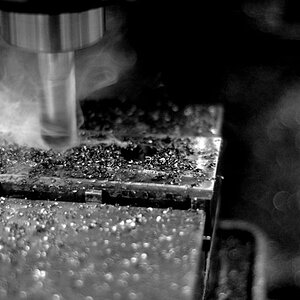deeky
No longer a newbie, moving up!
- Joined
- Jun 22, 2012
- Messages
- 1,244
- Reaction score
- 415
- Location
- Sioux Falls, SD
- Can others edit my Photos
- Photos NOT OK to edit
Following up from a previous thread.
Using a Yongnuo YN568EXII on a Canon 20D. Flash is firing, but doesn't seem to have any power behind it. Following previous advice, I cleaned the contacts (weren't bad to start) and put in fresh batteries. It has not been used hard at all.
Below you can see the results. Both shot 1/80 f/4. First one is with -2 stops of flash compensation and the second is with +2 stops of flash compensation. It just doesn't seem to have the power it should. With the same ISO, shutter, and aperture, I would expect the second to be blown out compared to the first.
The third shot shows the back of the flash as set for the shots.
Any ideas?
 IMG_1176 by breckmiller, on Flickr
IMG_1176 by breckmiller, on Flickr
 IMG_1175 by breckmiller, on Flickr
IMG_1175 by breckmiller, on Flickr
 IMG_0624 (3) by breckmiller, on Flickr
IMG_0624 (3) by breckmiller, on Flickr
Using a Yongnuo YN568EXII on a Canon 20D. Flash is firing, but doesn't seem to have any power behind it. Following previous advice, I cleaned the contacts (weren't bad to start) and put in fresh batteries. It has not been used hard at all.
Below you can see the results. Both shot 1/80 f/4. First one is with -2 stops of flash compensation and the second is with +2 stops of flash compensation. It just doesn't seem to have the power it should. With the same ISO, shutter, and aperture, I would expect the second to be blown out compared to the first.
The third shot shows the back of the flash as set for the shots.
Any ideas?
 IMG_1176 by breckmiller, on Flickr
IMG_1176 by breckmiller, on Flickr IMG_1175 by breckmiller, on Flickr
IMG_1175 by breckmiller, on Flickr IMG_0624 (3) by breckmiller, on Flickr
IMG_0624 (3) by breckmiller, on Flickr

 IMG_1199
IMG_1199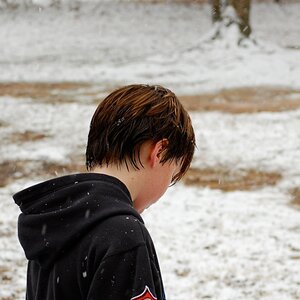
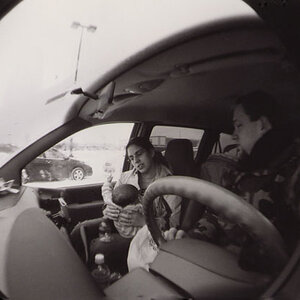
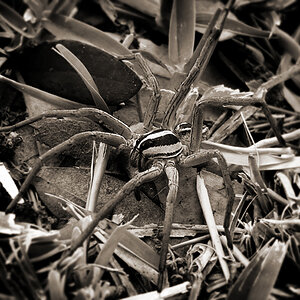
![[No title]](/data/xfmg/thumbnail/32/32808-9d1f657a1903d3bdbd67ea830397d62c.jpg?1619735668)
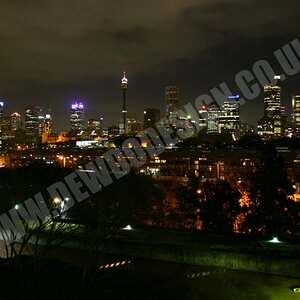
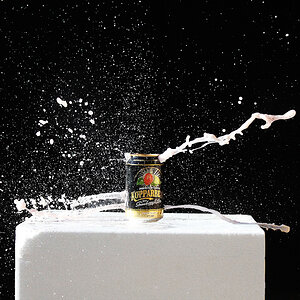
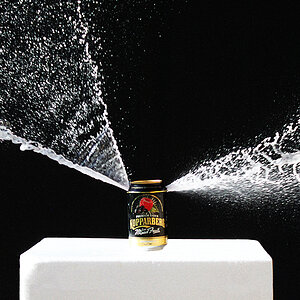
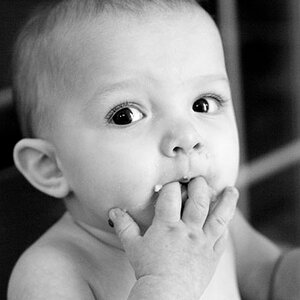


![[No title]](/data/xfmg/thumbnail/32/32809-afb9514cb8c02e2e41c241946e185251.jpg?1619735668)
